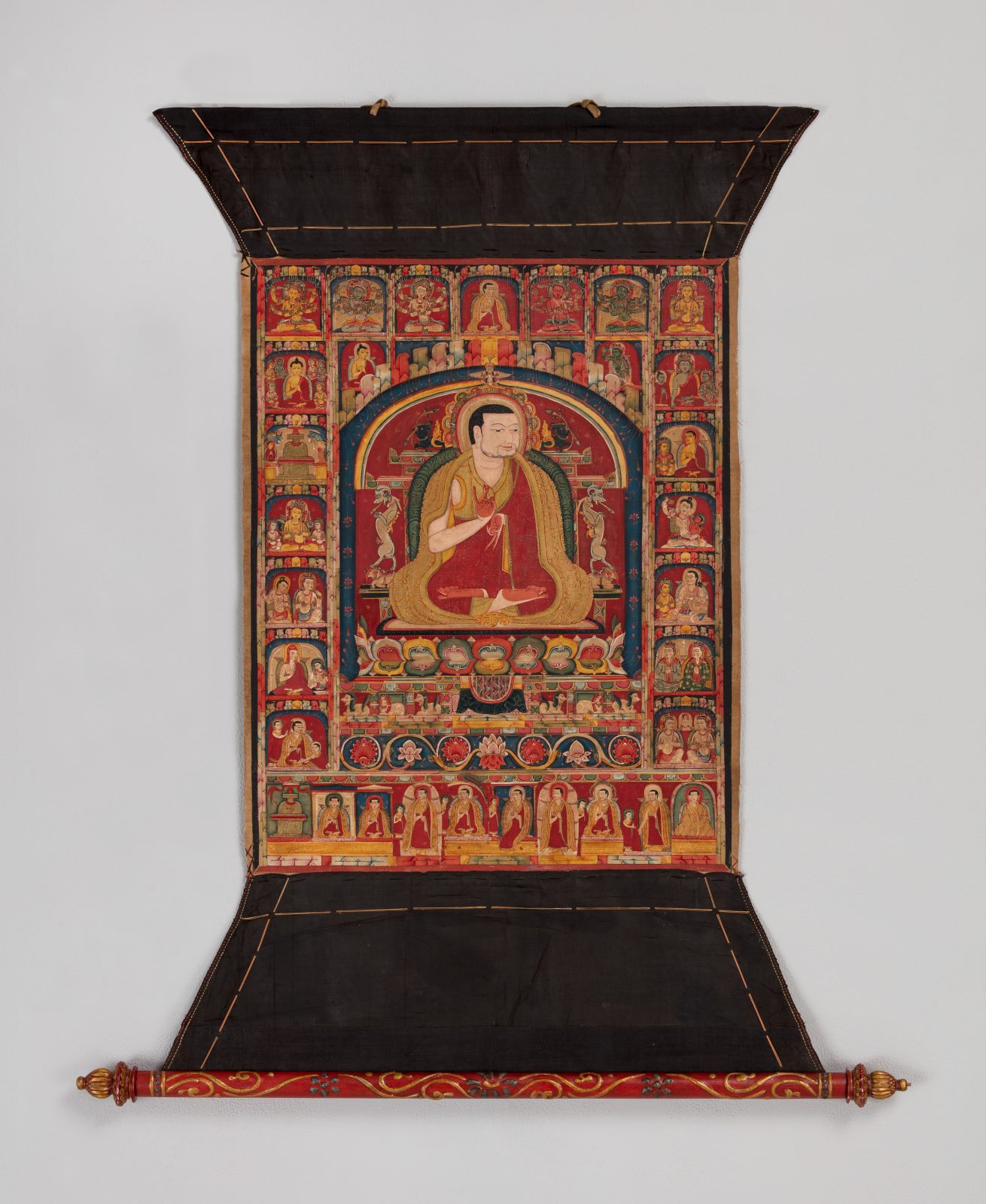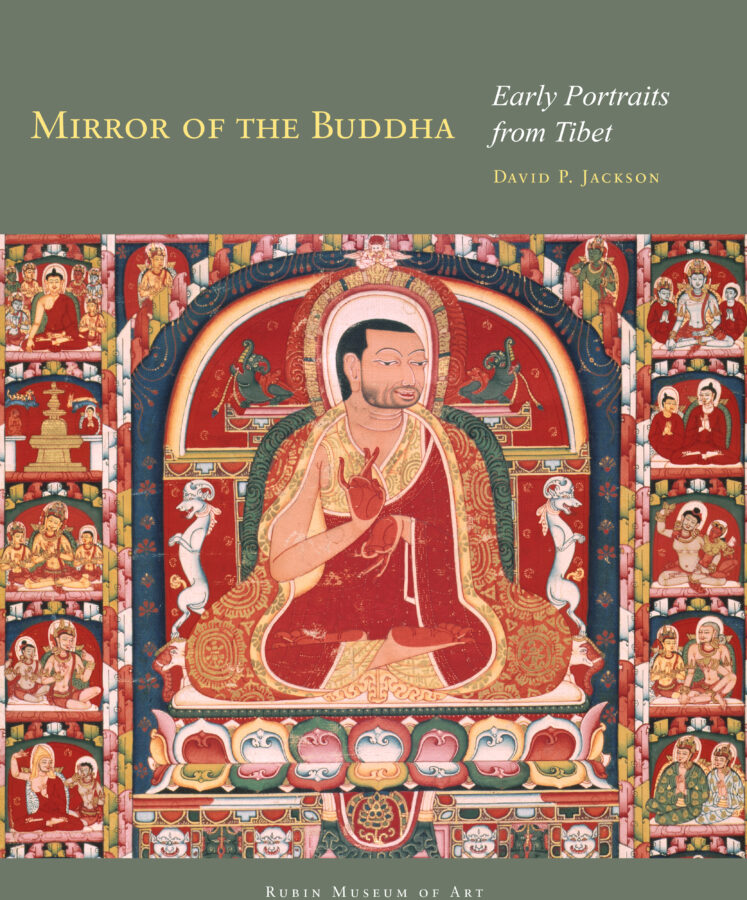Mirror of the Buddha presents exquisite examples of these portraits, painted primarily in the eastern India-inspired Sharri style. Though the Sharri tradition spread from India to many parts of Asia, the style’s classic Indian forms, delicate colors, and intricate decorative details were emulated most faithfully by Tibetans and enjoyed particular popularity in Tibet from the 12th to 14th century.
Marking the third in a series of exhibitions that explores important Tibetan painting styles, Mirror of the Buddha clarifies some of the confusion and corrects misidentifications previously posited by Western scholars. It also analyzes inscriptions and lineages, which are often overlooked yet of critical importance, as tools for dating these works of art.
Mirror of the Buddha is complemented by a full-color catalog rich with new scholarship by curator David Jackson.


